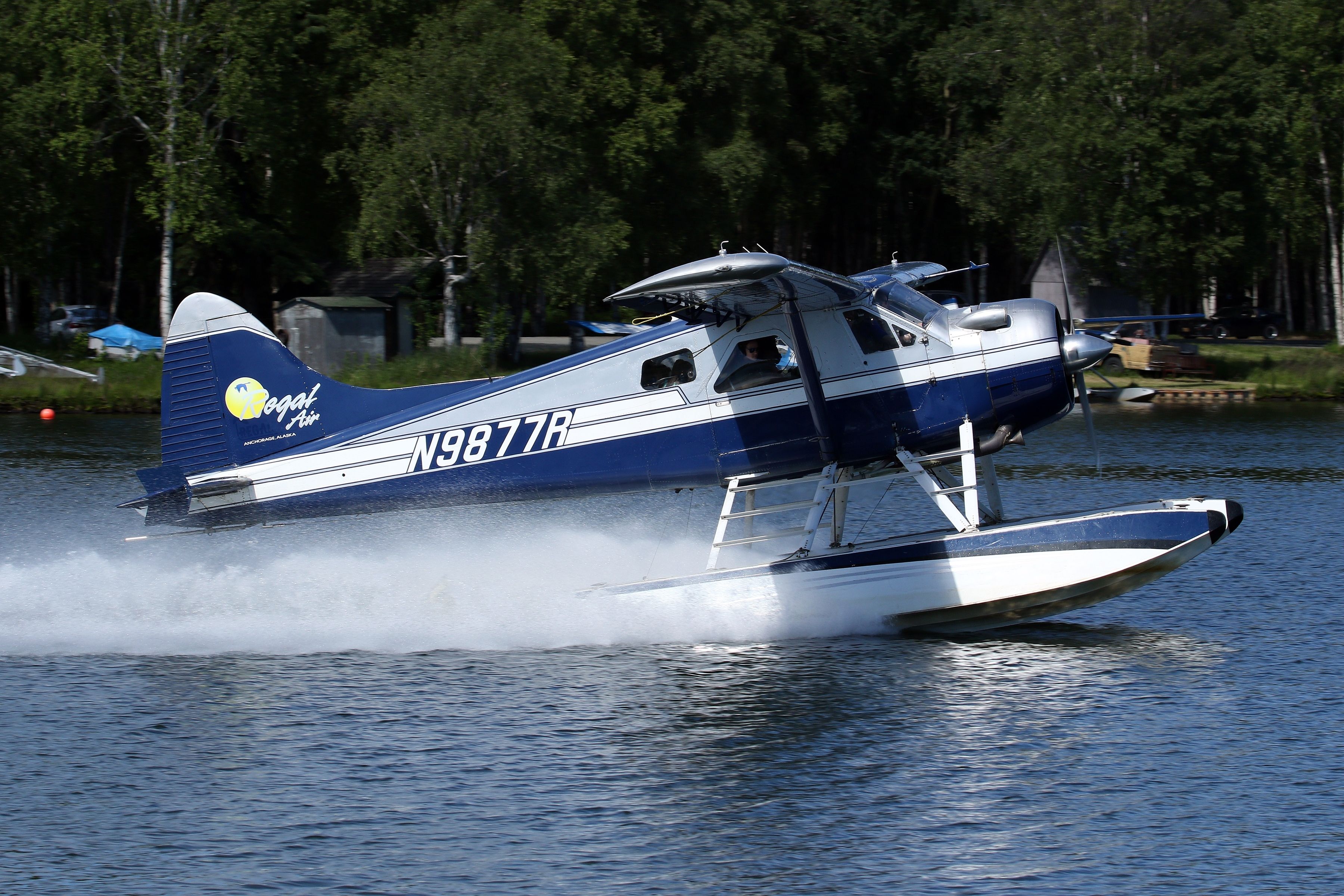Floatplane Basics: A Guide to Its Features and Uses
Floatplanes, with their unique ability to land on water, open up a world of possibilities for both recreational and commercial aviation. These specialized aircraft are designed to operate in environments where traditional runways are unavailable, making them indispensable in remote areas and for specific tasks such as surveillance, rescue, and tourism. This guide delves into the essential features of floatplanes and explores their practical applications, offering readers a comprehensive overview of this fascinating mode of air travel.
Understanding the Essentials of Floatplane Design

Floatplanes are a distinct type of aircraft equipped with pontoons or floats that allow them to take off and land on water. Unlike seaplanes, which might feature hulls integrated into the fuselage, floatplanes have separate buoyant structures attached beneath the fuselage. The design of these pontoons is crucial, as they must provide the necessary lift and stability on water while minimizing drag during flight. Typically made from lightweight materials like aluminum or composite materials, pontoons are engineered to withstand the rigors of water landings and takeoffs.
The structural configuration of floatplanes must consider not only aerodynamics but also hydrodynamics. This dual-focus ensures that floatplanes can transition smoothly between water and air. Manufacturers often refine the shape of the floats to reduce water resistance and improve the aircraft’s overall performance. The placement of floats is another critical aspect, as it affects the center of gravity and balance. Properly positioned floats maintain stability during taxiing, takeoff, and landing, reducing the risk of capsizing.
In addition to the pontoons, other design elements are vital for floatplanes to function effectively. For instance, many models incorporate water rudders on the floats, which aid in steering while on water. Some floatplanes also feature reinforced undercarriages to withstand the additional stresses encountered during water operations. These design enhancements ensure that floatplanes remain reliable and efficient, capable of operating safely across various aquatic environments.
Exploring the Practical Uses of Floatplanes

Floatplanes offer a unique solution for accessing remote or otherwise inaccessible areas. In regions with numerous lakes, rivers, or coastal inlets, floatplanes can serve as the primary means of transportation, providing essential connectivity. They are indispensable in wilderness regions of Canada, Alaska, and parts of Scandinavia, where they serve both commercial and emergency transport needs. Floatplane operators can reach isolated communities, delivering supplies, transporting personnel, and supporting critical infrastructure projects.
The versatility of floatplanes is also evident in their use for tourism and recreation. Scenic flights provide passengers with unparalleled views of natural landscapes, from coastal fjords to vast inland lakes. Adventurous travelers often rely on floatplanes for access to fishing lodges, hiking trails, and other remote destinations that are otherwise difficult to reach. This ability to combine transport with thrilling experiences has made floatplanes a popular choice for eco-tourism and adventure travel companies.
Beyond civilian applications, floatplanes play a significant role in various governmental and military operations. They are used for surveillance and reconnaissance missions over expansive water bodies and coastal areas. Floatplanes can also be deployed in search and rescue operations, providing rapid response capabilities in emergencies. Their capacity to carry specialized equipment, such as sensors and communication devices, enhances their utility in these critical roles. As technology advances, the scope of floatplane applications continues to grow, solidifying their place in modern aviation.
Floatplanes embody a blend of engineering innovation and practical functionality, enabling them to serve a wide range of purposes across diverse environments. Whether connecting remote communities, offering breathtaking views for tourists, or conducting vital operations, their unique design and capabilities ensure that floatplanes remain an essential part of the aviation landscape. As interest in sustainable and versatile transportation solutions grows, the floatplane’s relevance is likely to increase, offering new opportunities for exploration and service in the years to come.



